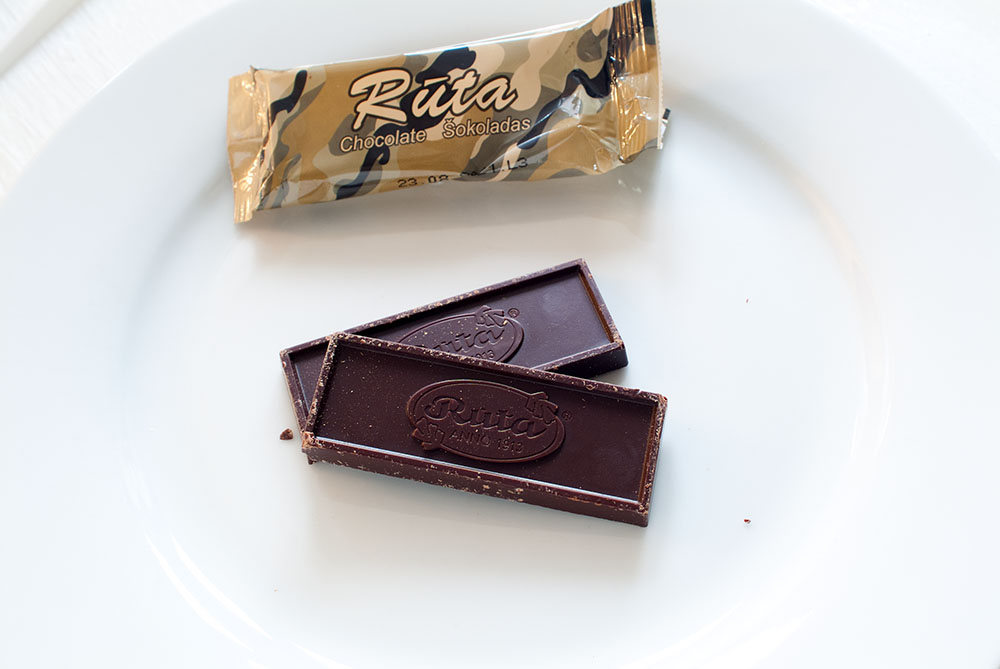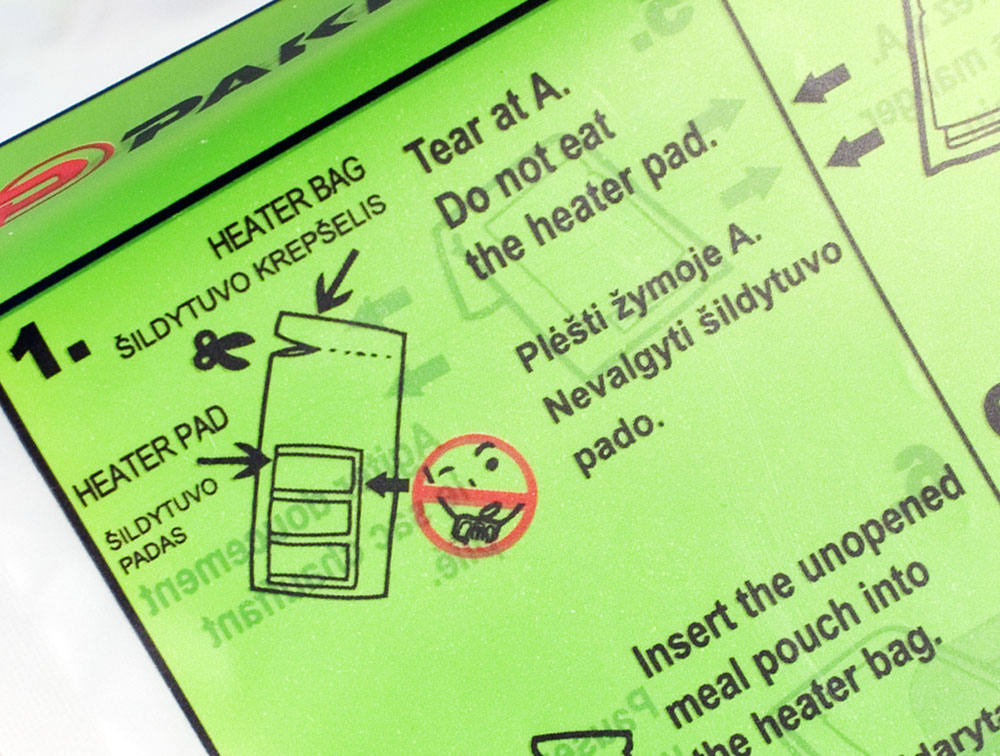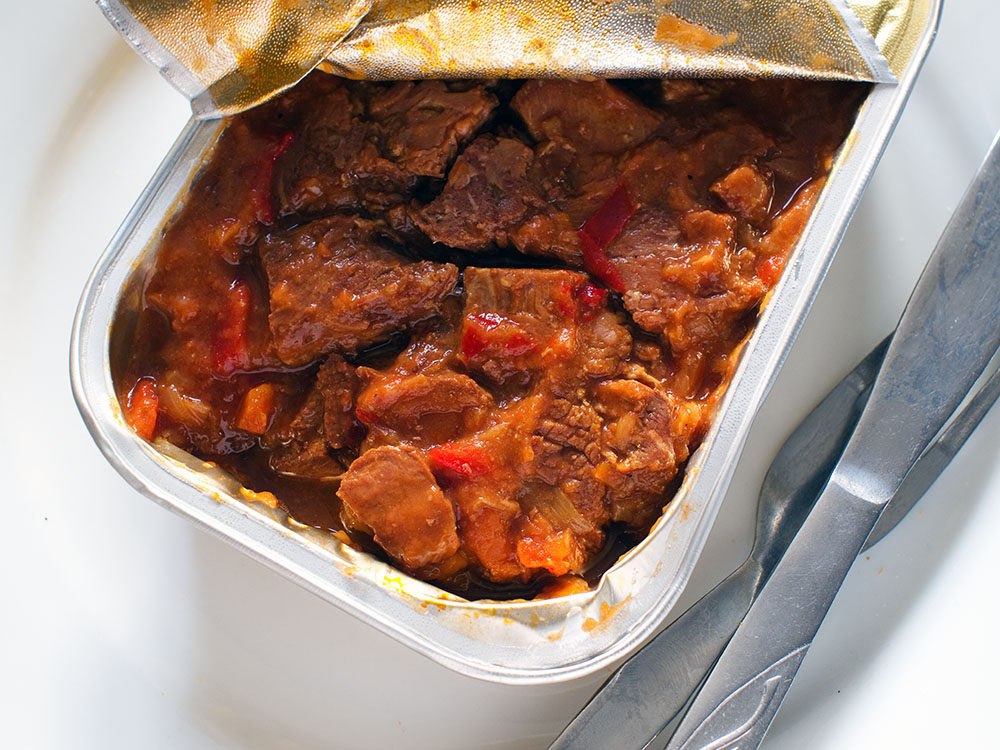Off to the cinema to see Lawrence of Arabia. To see Lawrence of Arabia in the same room as 449 other people. Ordinarily I don't mind sharing space with other people, but Britain is in the grip of a viral pandemic and people are now dangerous, especially if you lick them.
Arabia is a fascinating film; it has aged in an interesting way. As a kid I remember enjoying it as a big action epic, although I felt that the pace was very slow. It felt like an epic science fiction film akin to Dune albeit that it was based on actual events.
As a grown-up I still feel that the pace is awkward, but I struggle to think how I would fix it. The film's final sequence plays like the end of a drunken party, when everyone is too exhausted to make merry and the only thing left is to walk home and catch some sleep, but it's supposed to feel like that. The journey across the desert is too long, but if it was shorter it would feel pointless.
If the master print of Lawrence ever fell into my hands I would be tempted to chop off a single frame from the middle of the intermission (literally a single frame) and leave it at that. Shortly after release in 1962 David Lean removed twenty minutes from the film, but in the 1980s he put it back, and he knew a lot more about films than I do.
A note on the screening: the BFI is showing a 4K digital restoration and a 70mm film print. I went to see the 70mm film print. I have the rest of my life to see a digital projection of Lawrence of Arabia but only a few years to see it as God and David Lean intended. However 70mm prints are not born equal. I've seen a 70mm print of Arabia before, at the Prince Charles Cinema, but it was a bad print with scratches and dirt. In contrast the BFI's print was excellent. Rich but subtle colours, rock-solid tracking, good contrast, no grain. The screenshots in this article come from my old DVD copy of the film - they're not nearly as good as the BFI's print. If you have a chance, watch it on the big screen.
With apologies to DVDBeaver; at top is a frame from my DVD copy, a two-disc special edition released in 2001, and below that is a frame from Sony's most recent high-def version, which even at 600 pixels wide is obviously sharper and less washed-out. From what I have read the most recent 4K restoration is at least as good, if not better.
Arabia was released a year before sexual intercourse was invented, just at the dawn of the modern age. It came out only a few years after a wave of big dumb Biblical epics, and I imagine that audiences at the time went to see it for the spectacle, but it's more complicated than that, more nuanced. It feels like a direct ancestor of the more revisionist epics that came out later in the decade, such as The Charge of the Light Brigade (1968) and Patton (1970).
In fact it's not all that different from the much harsher films that followed, such as McCabe and Mrs Miller (1971) or Aguirre: The Wrath of God (1972). On the surface Werner Herzog's portrayal of Lope de Aguirre has little in common with Lawrence of Arabia, but Lawrence and Aguirre are like two sides of the same coin. They were both sent by European powers to carve out territory in foreign lands, and they both had an inflated view of their own importance and of their own independence. They led their armies to ultimate defeat, and they were both crushed by forces beyond their control. Aguirre is essentially Lawrence unleashed; they both left chaos in their wake.
But enough of Werner Herzog. His time will come. On a visual level Arabia has also aged well. In olden times films tended to have limited camera movements, because 35mm and 70mm cameras were heavy and the fashion back then was for bright fill-in lighting with big spotlights. However David Lean used a number of what must have been daring camera moves, e.g. the following shot, which tracks from left to right like a two-dimensional video game with a parallax background:
Even when the camera is static Lean has the actors move around the frame dynamically. The fill light is generally subtle, and the location footage doesn't have the studio-like quality of other vintage films. Furthermore Arabia was released a few years before it became fashionable to use zoom lenses, so paradoxically that aspect hasn't dated as badly as the aforementioned Patton, which was released eight years and a cinematic generation later.
On the one hand David Lean's use of width and depth feels stagey - notice how everyone is blocked just so - but the stagecraft is executed to a very high degree.
Whereas Patton feels flat, neither as well-crafted as the old-fashioned Hollywood epics nor as naturalistic as the New Hollywood films that came later. Francis Ford Coppola got better. Just two years later he directed The Godfather, which is a visual feast thanks to Gordon "Prince of Darkness" Willis.
Another aspect of Arabia that has aged well is the lighting. Lean's use of fill light was subtle for the time...
...whereas Patton, and other films of that era, tended to present outdoors scenes as if the director was worried that the audience wouldn't be able to see the actors' faces.
As mentioned in the article these screenshots come from an old DVD. On the big screen the chiaroscuro effect in this shot is more pronounced. Lawrence begins the scene in darkness, but when he resolves to lead the assault on Damascus he walks into the light, or at least the half-light. Modern-day film students will probably scoff at the obviousness of it, but Lean wasn't trying to be subtle; he was making a large-scale blockbuster for a general audience.
Lean also frequently uses depth - he was probably thankful for the desert sun, so that he could stop the aperture down.
And also thankful for blue filters, so that he could shoot night-time scenes in daylight.
I don't want to continually rag on Patton, but despite being mounted on the same scale as Arabia it's a visually drab film. Even when the cinematographer tries to give the shot depth, it still looks flat.
I was talking about how Arabia has aged well. I have the impression that by 1970 Hollywood films were shot with an eye to television broadcast, which might explain why Lean's use of the entire Panavision frame feels refreshing; nowadays widescreen televisions are standard, and even television programmes are shot in widescreen, but for several decades from the 1950s onwards cinematographers had to account for eventual viewing in 4:3. In 1962 David Lean wasn't interested in that, he made a film for the cinema. That's enough about the visuals.
I can't comment on the film's politics. The finer points of the Sykes-Picot
In fact a big-budget epic film with mostly British accents seems odd nowadays. British cinema never embraced epics; from the 1960s onwards British cinema was kitchen sink dramas, gangster films, Carry On, little films for little people. Greedy, barbarous, and cruel, with a veneer of civilisation, enough to care about the Oxford comma but not about the sublime, next paragraph.
This being 1962 the Arab characters are a mixture of white British and American actors in make-up, plus Omar Sharif, who was Egyptian. Mexican-born Anthony Quinn wears an obviously fake nose in order to portray Auda Abu Tayi; in some scenes the makeup isn't quite right. Given that no-one in the audience would recognise the real man I wonder why they bothered with the fake nose. Quinn gives a huge, larger-than-life performance that feels slightly out of place (he is essentially the comic relief), but his "river to my people" speech is awesome. As with Peter O'Toole's version of Lawrence there is an implication that Quinn's hammy performance as Tayi is deliberate, that he's playing a part for the benefit of his followers.
Also, spare a thought for Anthony Quayle. He plays a failed Lawrence, a man who might have been a hero if Lawrence had never been born. He's obviously a competent man, and the film suggests that despite his stuffy demeanour he eventually comes to sympathise with Lawrence, but he mostly exists to be humiliated and sidelined. You know what's sad? If you type "lawrence arabia anthony quayle" into Google it assumes you're searching for Anthony Quinn, not Anthony Quayle. Poor chap. Doomed to be sidelined even after death.
As with the politics I can't comment on the reality behind the masks. Quayle's version of Abu Tayi is driven by a lust for gold but is easily manipulated by Lawrence, something that apparently offended Tayi's surviving relatives, who argued that he was instead a passionate supporter of Arab independence. Peter O'Toole plays Lawrence in an exaggeratedly flamboyant manner that makes sense when he is putting on a show for his followers or fellow officers, but goes too far in moments when he is merely playing Lawrence.
Did that make sense? There are scenes in which O'Toole plays Lawrence as a man acting up for an audience, and also for his own amusement, in which case the hammy performance makes sense. However there are a few scenes in which Lawrence is just being himself, and even then O'Toole lays it on a bit thick. I wouldn't change a thing.
O'Toole is of course lovely and a huge fashion plate. He pulls off smart. He pulls off dishevelled. He makes a khaki battledress look good. I like to imagine that David Bowie, John Foxx, David Sylvian etc modelled at least part of their look on him; perhaps BBC2 screened Lawrence of Arabia on a Saturday evening in late 1976, and all of the aforementioned sat down to watch it, and decided that punk was a dead-end and that they should look fabulous instead.
Omar Sharif is also lovely. He plays a composite character called Sherif Ali, and on one level the film is a love story between Ali and Lawrence. The romantic tension is palpable, but again this being 1962 they don't kiss. Perhaps screenwriter Robert Bolt was trying to imply that Lawrence was in love with the idea of Arabism as embodied by Ali rather than an actual Arab person.
Now, I'm one hundred per cent heterosexual, but throughout the film I wanted to shower Peter O'Toole and Omar Sharif with sugarlumps and take them to the horse dentist. They're both deeply attractive men.
Bolt must have been tempted to end the film on a high, but ultimately his version of Lawrence's tale is a downbeat one; the man ends up like Winston Smith in 1984, defeated but not dead, and facing a pointless, directionless life. He was a year younger than Bernard Montgomery, and could conceivably have fought in the Second World War, but what would he have done? He left the armed forces in early 1935, but it would have only taken a phone call for him to be readmitted.
My hunch is that whatever advice he could give about the Middle East would have been out of date, and he had no experience of mechanised warfare, and whatever he did in the RAF could have been done just as well by anybody else. Would he have become an embarassment? Would he had disagreed with British policy? Would he have tried to court the press? We will never know.
Lawrence would have been 74 in 1962, which raises the question of whether Lawrence of Arabia would have existed if Lawrence hadn't died. Arabia was in part the product of duelling mythologies. Lawrence attempted to construct his own myth with Seven Pillars of Wisdom, but the result was a lengthy book that had a limited print run. After the war American journalist Lowell Thomas reached a wider audience with his own version of Lawrence's story, which he presented as a travelling slideshow. The film apparently draws more heavily from Pillars, but I suspect that without Lowell Thomas no-one would have remembered Lawrence in 1962. I also suspect that he would have litigated to prevent the film being made during his lifetime. Again, we will never know.
Arabia also works as sheer spectacle. Seville stands in for Cairo, and Spain stands in for Aqaba, but the desert scenes were mostly filmed in an actual desert. The camels and horses are real horses and the trains are real trains, and David Lean actually blew one up.
Lawrence would have been 74 in 1962, which raises the question of whether Lawrence of Arabia would have existed if Lawrence hadn't died. Arabia was in part the product of duelling mythologies. Lawrence attempted to construct his own myth with Seven Pillars of Wisdom, but the result was a lengthy book that had a limited print run. After the war American journalist Lowell Thomas reached a wider audience with his own version of Lawrence's story, which he presented as a travelling slideshow. The film apparently draws more heavily from Pillars, but I suspect that without Lowell Thomas no-one would have remembered Lawrence in 1962. I also suspect that he would have litigated to prevent the film being made during his lifetime. Again, we will never know.
Arabia also works as sheer spectacle. Seville stands in for Cairo, and Spain stands in for Aqaba, but the desert scenes were mostly filmed in an actual desert. The camels and horses are real horses and the trains are real trains, and David Lean actually blew one up.
A train, he blew up a train. Not a camel. If he did blow up a camel it was for his own amusement. Suffice it to say that every penny is visible on the screen. Aqaba is a set:
I mean, the whole thing, it's a set. All those buildings. They were built for the film. Nowadays the beach is just a beach with a hideously ugly hotel at the far end. Admittedly they only built the front half of the buildings, and labour costs in Spain were very cheap at the time - Franco was desperate for hard currency - but it's still an impressive achievement.
It's doubly impressive when you consider that Aqaba only appears in a couple of shots. They're crucial shots, though. The second shot (above) is one of the most famous in all of cinema, wordlessly demonstrating that Lawrence's plan to attack from the landward side was correct. There are, off the top of my head, only two optical effects (Aqaba from a distance, and the glow of artillery fire).
I imagine there are several hundred people alive today who have fond memories of the time their dad was an extra in Arabia, and perhaps a few dozen people who remember the week when David Lean made them stand just so while the lighting model stood in for Peter O'Toole.
Ultimately Lawrence of Arabia is a clever film that manages to be a stirring adventure epic without losing sight of the fact that one man can only do so much. It suggests several interpretations of Lawrence's character without favouring one over the other, and presents the man as an enigma, which he remains. As of 2020 Britain and France no longer control the destiny of very much at all, but the Arab world is no more united than it was, very briefly, in 1918.
I mean, the whole thing, it's a set. All those buildings. They were built for the film. Nowadays the beach is just a beach with a hideously ugly hotel at the far end. Admittedly they only built the front half of the buildings, and labour costs in Spain were very cheap at the time - Franco was desperate for hard currency - but it's still an impressive achievement.
It's doubly impressive when you consider that Aqaba only appears in a couple of shots. They're crucial shots, though. The second shot (above) is one of the most famous in all of cinema, wordlessly demonstrating that Lawrence's plan to attack from the landward side was correct. There are, off the top of my head, only two optical effects (Aqaba from a distance, and the glow of artillery fire).
I imagine there are several hundred people alive today who have fond memories of the time their dad was an extra in Arabia, and perhaps a few dozen people who remember the week when David Lean made them stand just so while the lighting model stood in for Peter O'Toole.
Ultimately Lawrence of Arabia is a clever film that manages to be a stirring adventure epic without losing sight of the fact that one man can only do so much. It suggests several interpretations of Lawrence's character without favouring one over the other, and presents the man as an enigma, which he remains. As of 2020 Britain and France no longer control the destiny of very much at all, but the Arab world is no more united than it was, very briefly, in 1918.












































